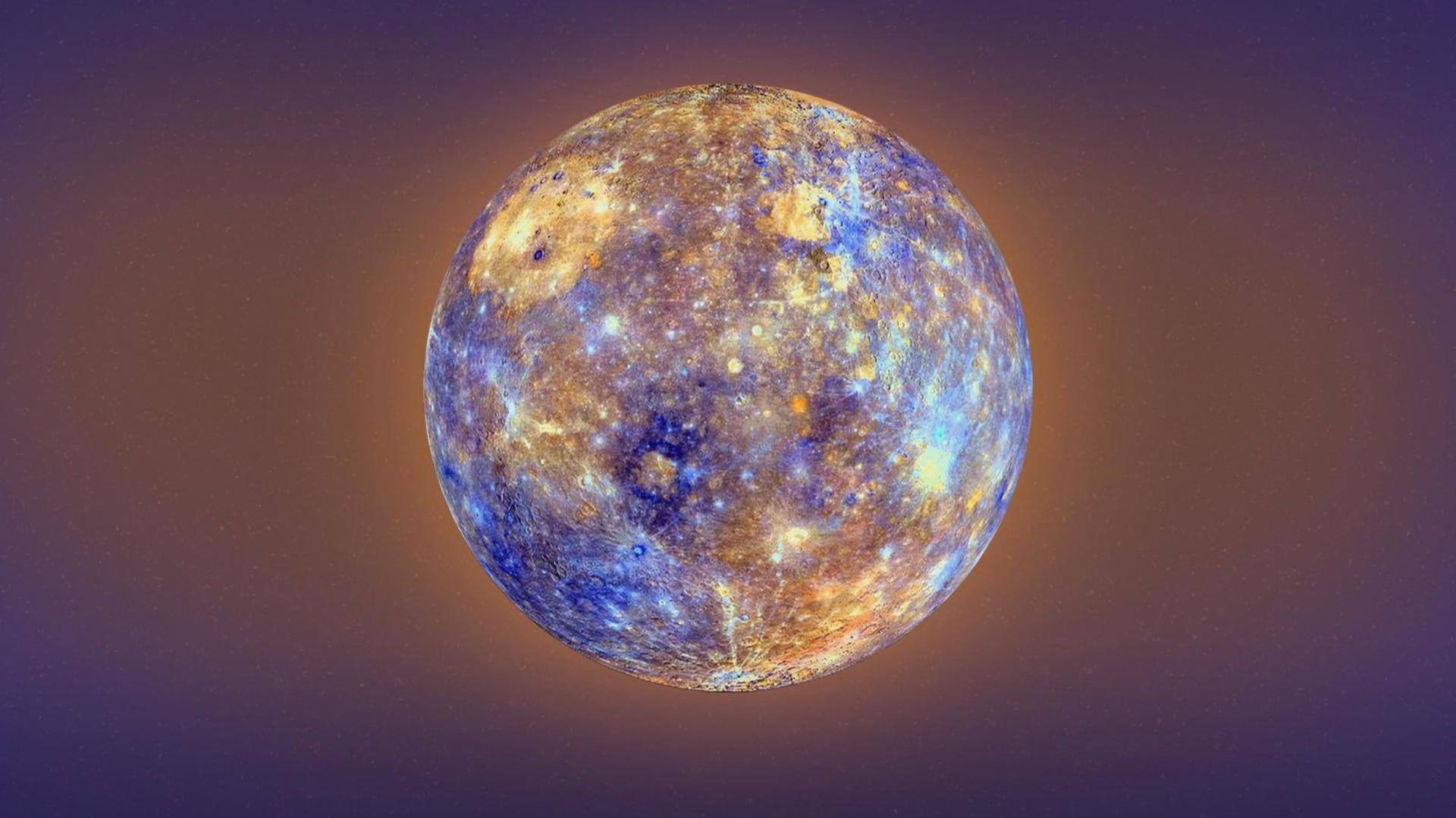
NASA skywatching guide: Celestial events you shouldn't miss this April
What's the story
According to NASA, this month will be a great one for observing various astronomical events in the night sky. From excellent views of the planets Mercury and Venus to the Lyrid meteor shower, there will be something to look out for every avid sky watcher. Here is our list of the top astronomical events you should not miss this April.
Event #1
Mercury will be most visible on April 11
Mercury, the smallest planet in the solar system, will come into view today and shall reach its highest visible point on April 11. In the Northern Hemisphere, glance low in the western sky soon after sunset. The planet can only be seen for a few weeks every three to four months as the Sun's glare hides it the rest of the time.
Event #2
Venus's appearance on April 11 will be like "time machine"
Using binoculars, skywatchers can see Venus next to the Pleiades star cluster on April 11, in the western sky. NASA claimed it will make the sky look like a "time machine." "On that night you're seeing light that left Venus about 9 minutes earlier, whereas the light of the Pleiades left those stars around 400 years ago," the agency said in a blog post.
Event #3
Moon and Mars will pair up on April 25
On April 15 and 16 skywatchers will see the Moon near Saturn in the east just before sunrise. It will become crescent on April 23 and hang 5-degrees above Venus post-sunset. On April 25, Moon and Mars will pair up in the west during the evening. Take out your binoculars to see it. Finally, it will reach the new Moon phase on April 20.
Event #4
The annual Lyrid meteor shower will be a treat
This month, you will also be able to see the Lyrids. At its peak, the medium-strength shower produces up to 20 meteors per hour. Named after the constellation Lyra, it is an extremely old meteor shower. It was first seen in China around 2,700 years back and originated as dust particles from a comet orbiting the Sun. Its fast-moving meteors lack persistent trails.
Information
April 23 will be perfect for seeing the showers
The Lyrids will peak on April 23, and the best viewing time will be between midnight and dawn. To see them, pick a location away from bright city lights, lie horizontally, and look straight up at a spot slightly away from the star Vega.